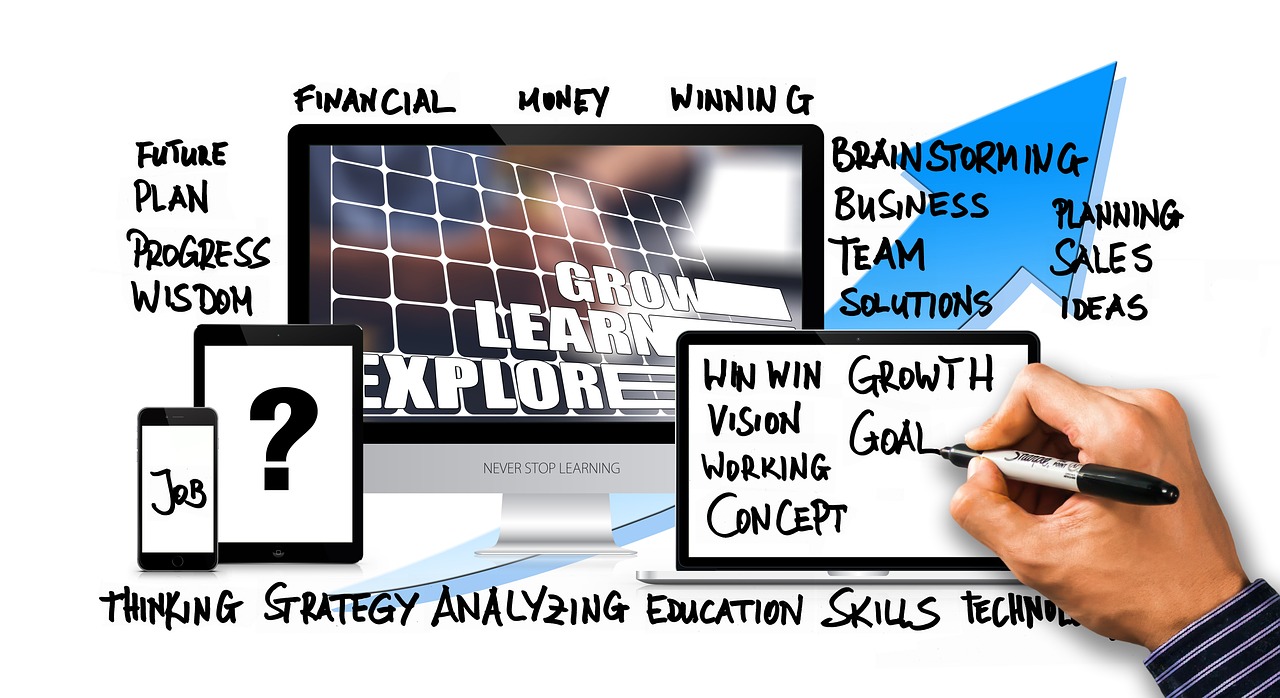The freedom of setting your own schedule, the power to make all the decisions, and the satisfaction of seeing your vision come to life – these are just some of the alluring promises of solo work. Whether you’re a freelancer, independent contractor, or running a one-person business, the path of working solo offers unparalleled autonomy and potential rewards. However, it also presents unique challenges that require careful planning, discipline, and a strategic approach. This guide explores the multifaceted world of solo work, providing insights and actionable tips to help you thrive on your independent journey.
Understanding the Landscape of Solo Work
Defining Solo Work
Solo work encompasses a broad spectrum of work arrangements where an individual operates independently, without direct employment by a larger organization. This includes:
- Freelancers: Individuals offering specialized skills or services to multiple clients on a project basis.
Example: A freelance web developer creating websites for small businesses.
- Independent Contractors: Professionals engaged to perform specific tasks or projects under a contract agreement.
Example: A consultant providing strategic advice to a company for a defined period.
- Sole Proprietors: Business owners operating a business under their own name or a registered business name.
Example: A photographer running a photography business, managing all aspects from marketing to service delivery.
- Solo Entrepreneurs: Individuals who are building and managing a business, often with the intention of scaling it over time, but currently operating alone.
Example: A software developer creating and selling a SaaS product independently.
The Rise of the Solo Economy
The solo economy is booming, driven by technological advancements, a shift in work preferences, and the increasing desire for work-life balance. Statistics indicate a significant growth in the number of freelancers and independent workers in recent years. According to a report by Statista, the freelance workforce is projected to reach 90.1 million in the United States by 2028. This upward trend signifies a fundamental shift in the labor market, with more individuals choosing the autonomy and flexibility of solo work.
- Drivers of Growth:
Technological advancements enabling remote work and access to global markets.
Increased desire for work-life balance and flexibility.
Availability of online platforms connecting freelancers with clients.
Downsizing and restructuring in traditional industries, leading to more outsourcing.
Building a Solid Foundation for Success
Identifying Your Niche and Value Proposition
Success in solo work hinges on clearly defining your niche and articulating your unique value proposition. What specific skills or services do you offer? What problems do you solve for your clients?
- Niche Selection:
Focus on areas where you have expertise and passion.
Research market demand and identify underserved areas.
Consider your competitive advantage.
- Value Proposition Development:
Clearly communicate the benefits of your services to clients.
Highlight your unique skills, experience, and approach.
Demonstrate how you can help clients achieve their goals.
Example: Instead of offering general “writing services,” a freelancer could specialize in “SEO-optimized blog content for the tech industry,” providing a clear niche and a defined value proposition.
Setting Up Your Business Structure
Choosing the right business structure is crucial for legal, financial, and tax purposes. Common options include sole proprietorship, limited liability company (LLC), and S corporation. Each structure has its own advantages and disadvantages, so it’s essential to consult with a legal or financial professional to determine the best fit for your specific needs.
- Sole Proprietorship: Simple to set up, but offers no personal liability protection.
- LLC: Provides limited liability protection, separating personal assets from business debts.
- S Corporation: Can offer tax advantages for certain income levels, but involves more complex administrative requirements.
Essential Tools and Technology
Investing in the right tools and technology can significantly enhance your productivity and efficiency as a solo worker.
- Project Management Software: Asana, Trello, Monday.com – helps you organize tasks, manage deadlines, and collaborate with clients.
- CRM Software: HubSpot, Zoho CRM – manage client relationships, track leads, and streamline sales processes.
- Accounting Software: QuickBooks, Xero – track income and expenses, manage invoices, and prepare financial reports.
- Communication Tools: Slack, Zoom, Google Meet – facilitate communication with clients and collaborators.
- Time Tracking Software: Toggl Track, Clockify – accurately track billable hours and manage your time effectively.
Marketing and Client Acquisition Strategies
Building Your Online Presence
In today’s digital age, a strong online presence is essential for attracting clients and establishing credibility.
- Create a Professional Website: Showcase your services, portfolio, and client testimonials.
- Optimize Your LinkedIn Profile: Highlight your skills, experience, and connect with potential clients.
- Engage on Social Media: Share valuable content, participate in relevant discussions, and build your brand.
- Start a Blog: Share your expertise, attract organic traffic, and establish yourself as a thought leader.
Networking and Referrals
Networking and referrals are powerful tools for generating leads and building relationships.
- Attend Industry Events: Connect with potential clients and collaborators in person.
- Join Online Communities: Participate in discussions, share your expertise, and build relationships.
- Ask for Referrals: Encourage satisfied clients to refer you to their network.
- Collaborate with Other Professionals: Partner with complementary businesses to expand your reach.
Proposal Writing and Pricing Strategies
Crafting compelling proposals and setting competitive prices are crucial for winning projects.
- Tailor Proposals to Each Client: Understand their specific needs and address them directly.
- Clearly Outline Your Scope of Work: Define deliverables, timelines, and pricing terms.
- Set Competitive Prices: Research market rates and consider your experience and expertise.
- Offer Value-Added Services: Differentiate yourself from competitors by providing additional benefits.
Managing Your Time and Finances
Time Management Techniques
Effective time management is essential for maintaining productivity and avoiding burnout.
- Prioritize Tasks: Use the Eisenhower Matrix (Urgent/Important) to focus on high-impact activities.
- Time Blocking: Schedule specific blocks of time for different tasks.
- Pomodoro Technique: Work in focused bursts with short breaks to maintain concentration.
- Eliminate Distractions: Minimize interruptions and create a dedicated workspace.
Financial Planning and Budgeting
Managing your finances effectively is crucial for long-term sustainability.
- Track Your Income and Expenses: Use accounting software to monitor your cash flow.
- Create a Budget: Plan your spending and allocate funds for essential expenses.
- Save for Taxes: Set aside a percentage of your income for estimated taxes.
- Invest in Retirement: Plan for your future and take advantage of tax-advantaged retirement accounts.
Setting Rates and Invoicing
Determining your rates and managing invoicing processes effectively is crucial for consistent income.
- Hourly, Project-Based, or Retainer Fees: Evaluate the pros and cons of each approach and choose the best option for your services.
- Clear Invoice Terms: Include payment due dates, accepted payment methods, and late payment penalties.
- Use Invoicing Software: Streamline the invoicing process and automate payment reminders.
Conclusion
The world of solo work offers incredible opportunities for autonomy, flexibility, and fulfillment. By understanding the landscape, building a solid foundation, implementing effective marketing strategies, and managing your time and finances wisely, you can thrive on your independent journey and achieve your professional goals. Embrace the challenges, celebrate the successes, and continuously learn and adapt to the evolving dynamics of the solo economy. Your success is in your hands.




